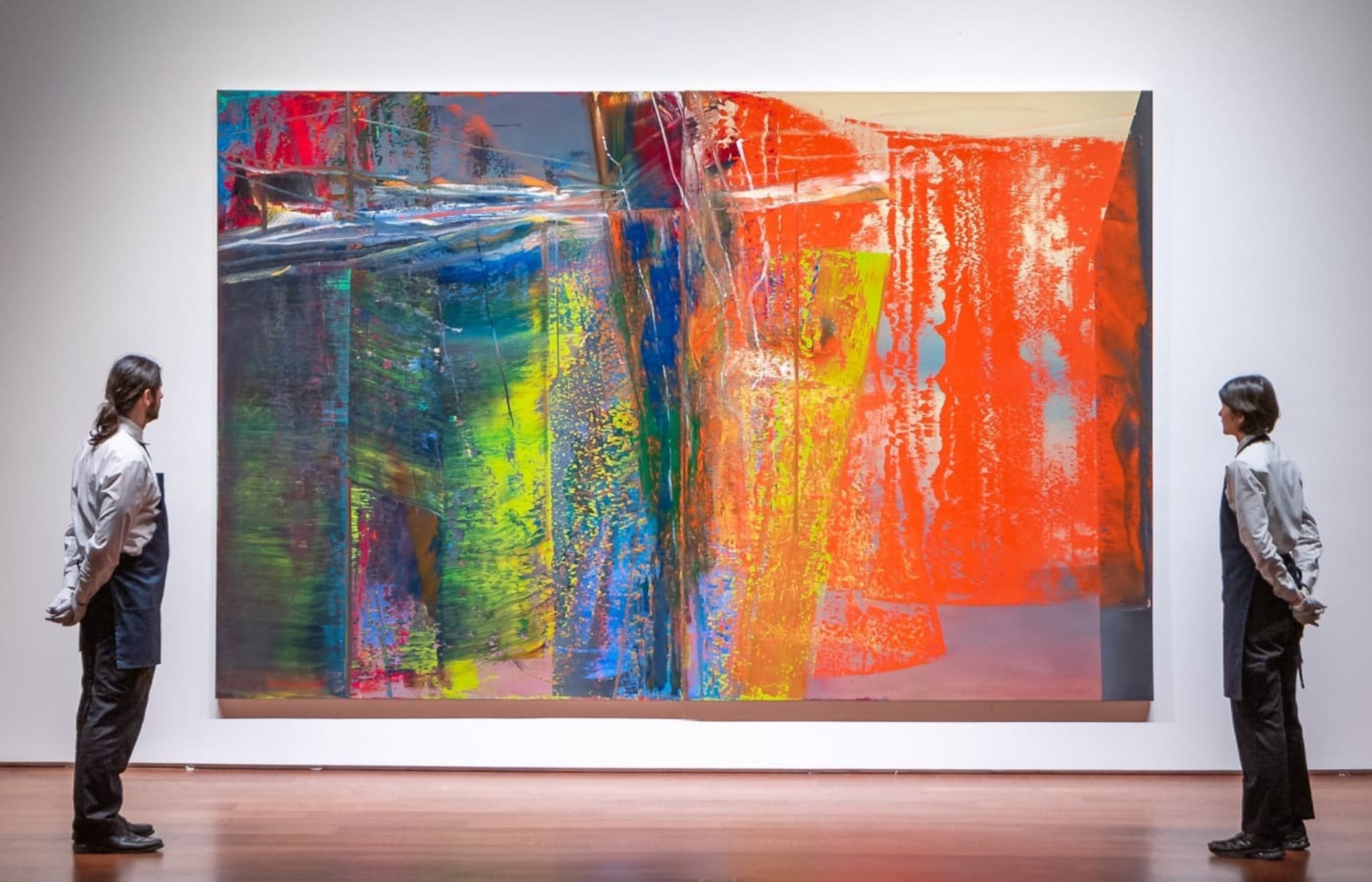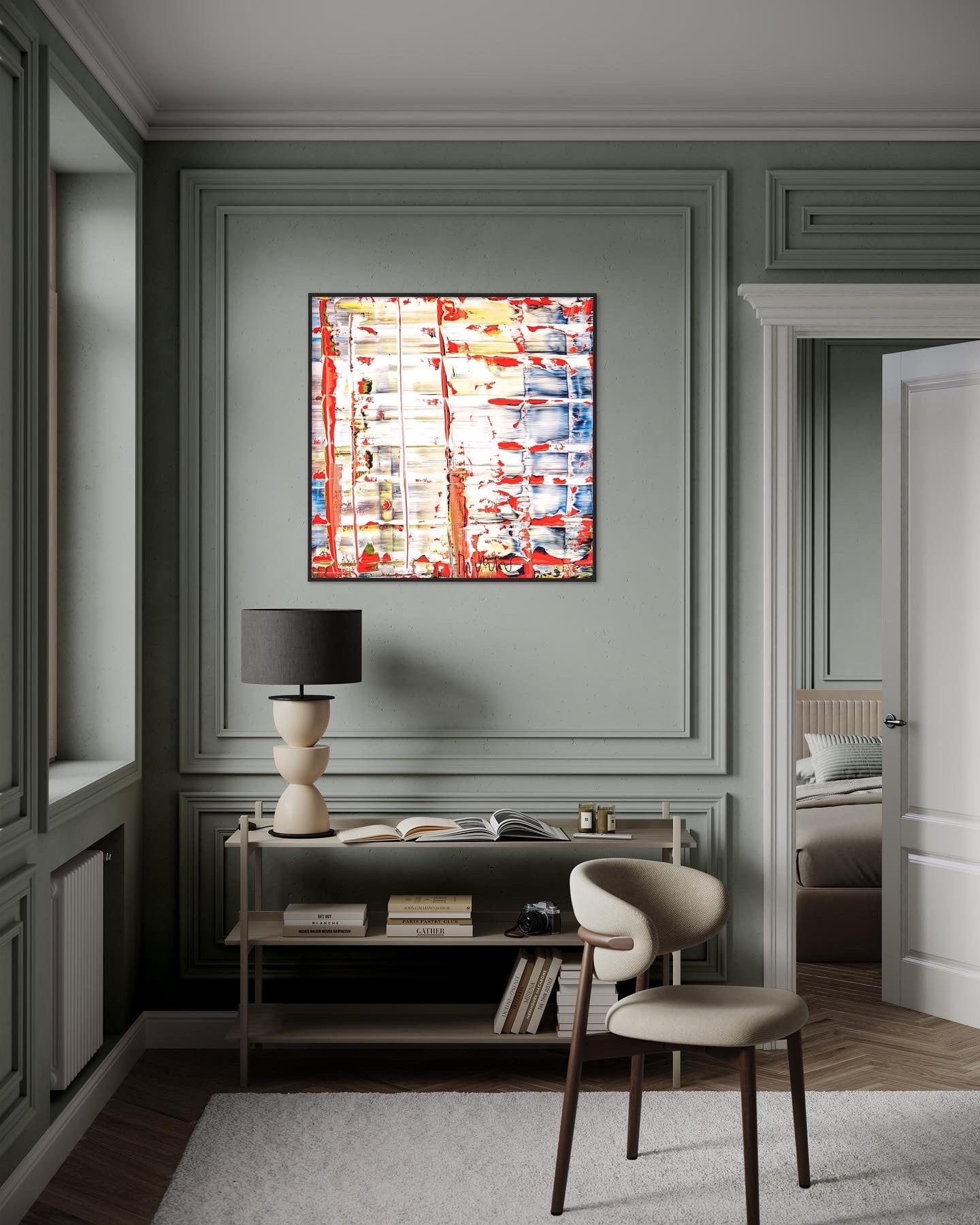
Decoding the Language of Abstraction: Understanding Abstract Art
Decoding the Language of Abstraction: Understanding Abstract Art
Abstract art, with its seemingly non-representational forms and absence of recognizable objects, can be both captivating and perplexing. It challenges traditional notions of artistic representation, inviting viewers to explore a realm of emotions, ideas, and interpretations. In this article, we delve into the world of abstract art, unraveling its essence, key characteristics, and the ways in which viewers can engage with and appreciate this fascinating genre.
Defying Conventional Realism
Abstract art breaks away from the constraints of depicting reality in a literal or representational manner. Instead, it embraces abstraction and emphasizes the visual elements of art, such as color, form, line, texture, and composition. By distilling and simplifying subjects into their basic elements, abstract artists strive to convey ideas, sensations, or emotions through a visual language that transcends the tangible world.
Expressing Emotions and Concepts
One of the primary aims of abstract art is to evoke emotions and provoke thought. Abstract artists often use color, form, and composition to convey their inner experiences, feelings, and ideas. The absence of recognizable subjects allows viewers to engage on a more visceral and intuitive level, as they respond to the interplay of colors, shapes, and textures, interpreting them through their own personal experiences and emotions.
Interpretation and Subjectivity
Abstract art invites individual interpretation and subjective experiences. Unlike representational art, which may have a more fixed meaning, abstract artworks leave room for multiple interpretations. Viewers are encouraged to bring their own perspectives, emotions, and associations to the artwork, allowing for a deeply personal and subjective engagement. This open-ended nature of abstract art fosters a rich and diverse range of responses, making it a profoundly personal and interactive experience.
Elements of Abstraction
Understanding the key elements of abstract art can enhance our appreciation of the genre:
-
Color: Color plays a vital role in abstract art, evoking emotions and setting the overall mood of the artwork. Artists may use vibrant, contrasting, or harmonious color palettes to convey energy, tranquility, or other emotional states.
-
Form and Shape: Abstract art often features organic or geometric forms and shapes. These elements can create a sense of movement, rhythm, or balance within the composition, guiding the viewer's eye and creating visual interest.
-
Line and Texture: Lines can be expressive, dynamic, or subtle, guiding the viewer's gaze and creating a sense of movement or direction. Texture, whether achieved through brushstrokes, layering, or mixed media techniques, adds depth and tactile qualities to the artwork.
-
Composition: The arrangement of elements within the artwork's space influences the overall visual impact. Artists may experiment with asymmetry, balance, or spatial relationships to create visual tension or harmony.
Appreciating Abstract Art
To fully appreciate abstract art, viewers can consider the following approaches:
-
Engage with the Sensory Experience: Allow yourself to be immersed in the artwork's colors, forms, and textures. Observe how they interact and resonate with your emotions and senses.
-
Explore Personal Associations: Reflect on your own responses, memories, or associations the artwork evokes. Abstract art invites personal interpretation, so trust your instincts and embrace your unique perspective.
-
Learn about the Artist's Intentions: Research the artist's background, artistic philosophy, and any statements they have made about their work. This can provide insights into their intentions and creative process.
-
Seek Context: Consider the historical and cultural context in which the artwork was created. Understanding the artistic movements or trends can deepen your understanding and appreciation of the artwork.
Abstract art is a captivating genre that challenges traditional artistic conventions. It celebrates the power of visual elements and invites viewers to engage on an emotional and subjective level. By embracing abstraction, artists express their inner visions and invite viewers to embark on their own personal journeys of interpretation and meaning. Through an open and receptive approach, one can unlock the language of abstraction and discover the limitless possibilities of artistic expression.



